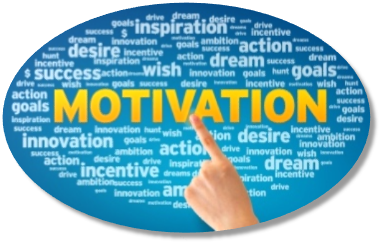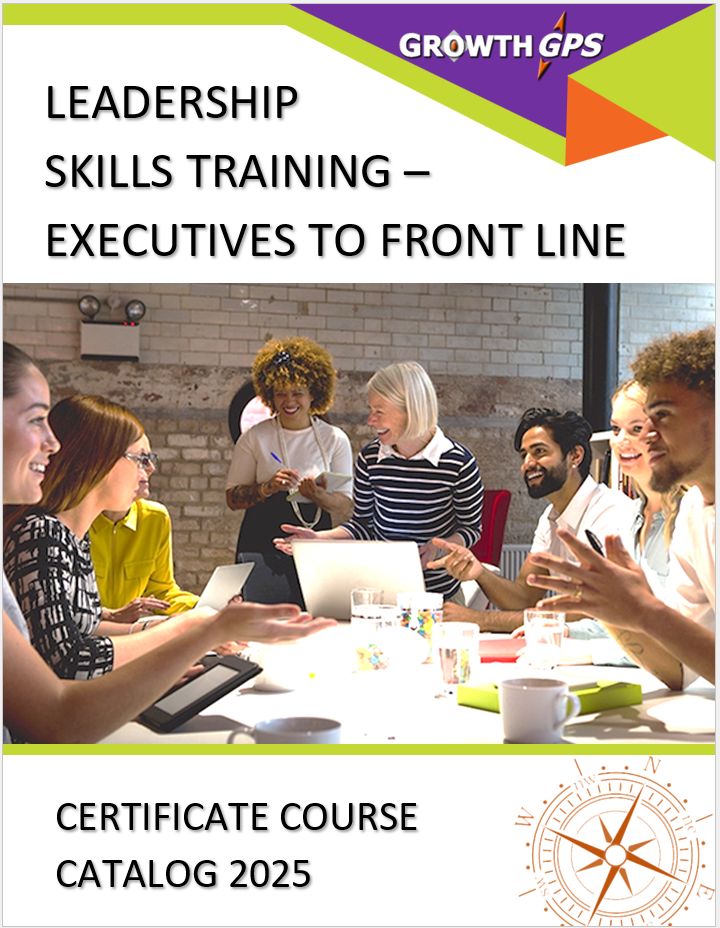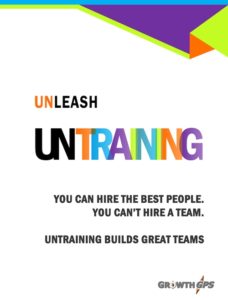It’s a new year. You’ve got new goals for your business. Perhaps a New Year’s Resolution associated with your business. To avoid the definition of insanity by repeating what didn’t work last year, the question is, what are you going to do differently? As a business leader and/or owner, this article provides at least one suggestion.
 If you agree that business success is driven primarily through your employees’ success, then achieving higher goals in the new year means motivating your employees to strive for those goals. We’ve all heard of the carrot or stick, and won’t bother going there. The simple fact is, employee motivation is tougher in the U.S. where compensation is relatively high and most people’s primary needs are met, meaning more carrots or better tasting carrots don’t make much difference.
If you agree that business success is driven primarily through your employees’ success, then achieving higher goals in the new year means motivating your employees to strive for those goals. We’ve all heard of the carrot or stick, and won’t bother going there. The simple fact is, employee motivation is tougher in the U.S. where compensation is relatively high and most people’s primary needs are met, meaning more carrots or better tasting carrots don’t make much difference.
Today’s “millennial” employees remind us of the great carrots many of the “hip” tech companies offer – from work-at-home to infinite vacation the day you start. How can a typical small-medium size firm possibly counter that? Before you consider what it takes to up the ante, let’s get at the drivers of motivation.
INSPIRE INTRINSIC MOTIVATION
Psychologists working with research scientists have found that intrinsic motivation is our primary driver when biological drives are satisfied. In other words, when we have adequate food and a safe place to live, we are driven by intrinsic factors. Factors deep inside us. Factors that cannot be altered.
Thankfully, scientists have performed the research to discover what drives us as individuals to perform better, faster and continuously, without the need to ever-up the ante of rewards or other extrinsic factors.
 There are three essential elements that drive intrinsic motivation –
There are three essential elements that drive intrinsic motivation –
1. Purpose
2. Autonomy
3. Mastery
Here’s what that means. First, we yearn to do what we do in the service of something larger than ourselves – we are motivated by a purpose that’s aligned with our own values. Second and with a purpose in mind, we strive to direct our own lives, to have the autonomy to make decisions about how best to do what we do. Third, we have an insatiable urge to get better and better at what we do. To improve our skills, to master our trade. These three elements hold the key to what motivates us.
As business leaders, we will achieve greater success by aligning our company’s culture with our employees’ intrinsic motivation. By doing so, our company’s success will be consistent over time, not dependent on external factors like rewards, incentives, or any of the rest. It doesn’t matter if that success is defined as growth, innovation, profit or something much-deeper.
I thrive on providing hands-on practical advice. In that spirit, I offer three practical steps to motivate your employees to achieve more than they ever thought possible – making this year a different, better and more successful year for them and for your company.
STEP 1 – DEFINE YOUR PURPOSE
We all seek a purpose, a cause greater and more enduring than ourselves. Unfortunately, many traditional companies have long considered purpose ornamental – a nice accessory to hang on the conference room wall, so long as it doesn’t get in the way of the real priorities. But that’s changing, thanks to demographics. Today’s baby boomers want to dedicate their time to making a difference, while the millennials seek out organizations whose purpose aligns with their own. Maximizing purpose is taking its place alongside maximizing profit as an aspiration and a guiding principle.
What is the real purpose of your organization? Is it to help other companies? To help other people? To help the earth? With that in mind, are your profits really an enabler to something bigger?
If you don’t know the answers to those questions, you better dedicate time early this year to find your “purpose motive.” Gather your leadership team. Talk about it. Discuss what happens at your company when people go home feeling uplifted and energized. Chances are, the things that happen on those days are very different than what happens when your team goes home exhausted and drained. When you figure that out, you’re well on your way to defining your company’s deeply-rooted purpose.
STEP 2 – ENABLE AUTONOMY
Our “default setting” is to be autonomous and self-directed. Unfortunately, circumstances including outdated notions of management often conspire to change that default setting, directing us what to do and how to go about doing it. And with it, out goes our autonomy and our motivation goes down the drain.
To encourage autonomy and the high performance it enables, consider the criteria you used to hire people in the first place. Chances are, the best candidates met specific requirements for education, prior experience, and past performance. Consider then, why do these highly-skilled people need to be given direction? Is it really possible that a supervisor knows more about how to perform a task than the one doing it?
Instead, choose to enable your employees to do what they do with true autonomy. People respond best when they are given autonomy over task (what they do), time (when they do it), team (who they do it with), and technique (how they do it). The more you relinquish directing employees’ task, time, team and technique, sometimes in radical doses, the better performance you can expect!
STEP 3 – INVIGORATE MASTERY
True employee engagement is all about mastery – invigorating your employees to do what they do better and better. Humans have an innate desire to improve. To learn. To become the best in their field.
We’ve tried our very best to motivate mastery with external factors – certifications, grades, titles, promotions and the like. Truly, these are outward expressions of what’s inside us – the pursuit of mastery. Mastery begins when challenges we face are exquisitely matched to our abilities. We are motivated to our best performance when the challenge is slightly beyond what we’ve done previously. When we are learning to do something new, something beyond what we’ve done, yet clearly achievable, we are on the path to mastery.
Smart workplaces supplement day-to-day activities with “Goldilocks tasks” – not too hard and not too easy. Tasks with a built-in challenge. Challenging environments are proven to inspire the best in people, because they demand effort, grit and practice. Overcoming the challenge, stretching ourselves, proving we can solve a problem new to us, is what mastery is all about. Mastery is never completely achieved – we strive to get better and better.
Make this your most successful year ever! Turn your employees’ intrinsic motivation into a force-multiplier the power of which neither you nor your employees have ever experienced. When you unleash this force, write us to share a story of what you try, the challenges you face and the results achieved. Let’s fill these pages with case studies from passionate readers!



